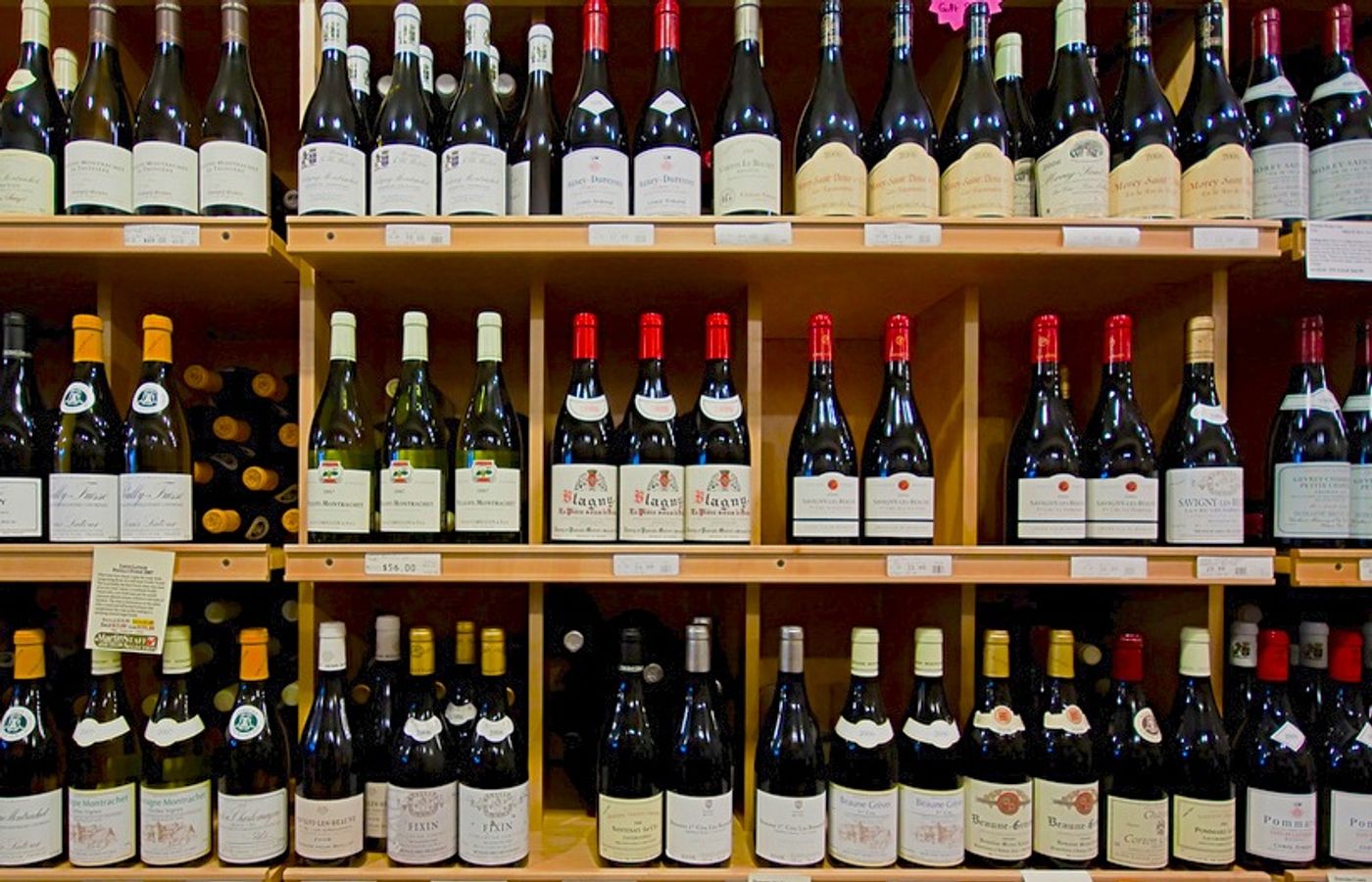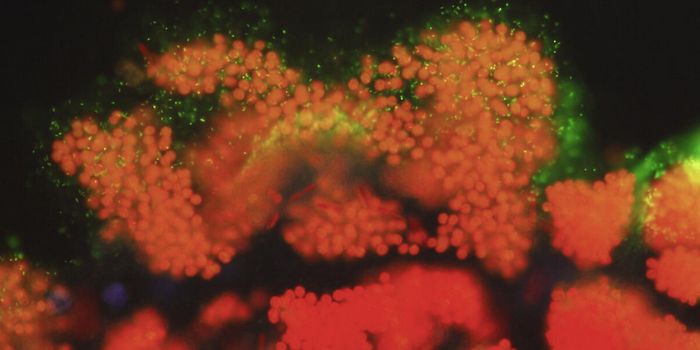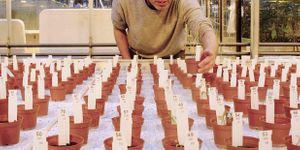Many things go into shaping the flavor or terroir of wine. Food scientists working at the University of California, Davis have found that if the microbial community in must - fresh grape juice prior to fermentation - is analyzed, the metabolites present in the finished product can be predicted. Those metabolites will make a significant contribution to the texture and flavor of a wine.
This methodology could be developed such that in the future, winemakers may use data on bacteria and fungi to find out if they will present problems during fermentation or spoilage. Or they may be associated with metabolites that are desirable in wines.
Scientists were curious to know if microbes that are present at the early stages of the winemaking process, such as in must, or during later stages of fermentation, might be used to characterize a microbial population specific to a winery.
"We were curious about the 'house microbiome,' as it were," said David Mills, senior author of the
study, published in mBio.
They utilized the power of high-throughput gene sequencing to find individual microbiomes from almost 700 samples of must and wine that had been collected in 2011 from eight different stages of the fermentation process. Two neighboring wineries in Oakville, California, Far Niente and Nickel & Nickel, provided the samples, a task Mills reports was a massive effort for the wineries. The video shows a tour of Nickel & Nickel.
"Literally every production lot from the 2011 was sampled," Mills explains. "They had to do an incredible amount of sampling to make this project possible." Greg Allen is a study co-author, former graduate student in Mills' lab and a winemaker who collected the samples.
Changes in the amounts of specific bacteria and fungi taxa during the fermentation process were measured. The microbiome of the must was then correlated to the metabolome of the finished wine. The results of the study corroborated previous studies that showed some bacterial families - including Enterobacteriaceae, Methylobacterium, Pseudomonas and Sphingomonas - increase during fermentation. While these microbes don't have a well-understood role, they may still contribute to wine flavor or fermentation efficiency.
The study built on previous work of the first author Nicholas Bokulich, which had shown that microbial populations living on wine grapes vary from place to place, in patterns that are consistent with climate variation. For example, grapes grown in the central coast for Cabernet Sauvignon have different microbes than those grown North San Joaquin Valley, for example.
Researchers have tried to understand the mechanisms that underlie wine terroir, such as climate or soil. Studying the microorganisms has become a new field of investigation. Mills cautions that the study doesn’t prove that microbes influence wine terroir, but is highly suggestive of a link. Knowing more about their role may help alter wine flavor and development.
If you'd like to know more about terroir, check out the short video below from Majestic Wines that exaplins the term in detail.
Sources:
AAAS/Eurekalert!,
mBio









